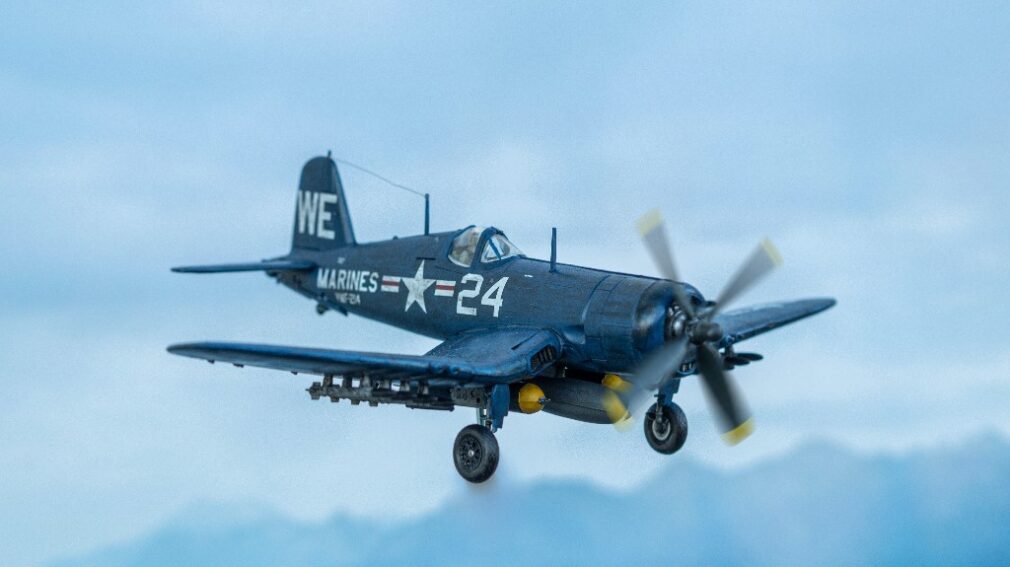Revolutionary War: Female Patriots
During the Revolutionary War, women’s contributions were not only essential but also revolutionary. While their male counterparts were away fighting, women took on many responsibilities, managing homes, farms, and businesses. However, their roles extended well beyond these traditional tasks. Women served as nurses, cooks, and laundresses, supporting troops’ physical needs. Some, like Deborah Sampson, disguised themselves as men and took up arms. She enlisted under the pseudonym “Robert Shurtlieff” and fought until her identity was discovered. Others, such as Sybil Ludington, played a role in communication, making long rides to warn of British attacks.
Civil War: A Surge in Service
The Civil War marked a turning point in women’s participation in warfare. Women in the North and South stepped into roles as nurses, administrators, and spies. Clara Barton, known as the “Angel of the Battlefield,” tended to wounded soldiers and later founded the American Red Cross. Dr. Mary Edwards Walker, the only woman to receive the Medal of Honor, served as a contract surgeon for the Union Army. Women also served as spies, gathering and transmitting crucial intelligence information. Harriet Tubman’s intelligence work, combined with her efforts on the Underground Railroad, made her a standout figure in the war effort.
World Wars: Expanding Opportunities
World War I and II opened new doors for women’s involvement in the military. With a significant portion of the male population away fighting, women filled vital roles at home and abroad. During World War I, over 30,000 women joined the Army Nurse Corps and the Navy, working as clerks, telephone operators, and nurses. The ability to serve in these capacities was a significant step toward formal recognition of women in the armed forces. World War II further expanded women’s roles. Women’s Army Corps (WAC), Women Airforce Service Pilots (WASP), and WAVES (Women Accepted for Volunteer Emergency Service) in the Navy allowed women to serve in capacities previously reserved for men. These efforts were crucial to the war effort and paved the way for future generations of women in the military. The integration of women into combat roles, including serving on the front lines, was a landmark achievement.

Modern Warfare: Frontline Heroines
The modern era has seen the full integration of women into all aspects of the military. From serving in combat roles to reaching the highest ranks, women are an essential part of today’s armed forces. Women have been involved in all recent conflicts, including the Gulf War, Afghanistan, and Iraq. They have served as pilots, infantry officers, and even in elite units like the Army Rangers. The lifting of the ban on women in combat roles in 2013 marked a significant milestone, allowing women to serve in any military position for which they qualify.
Challenges and Triumphs: Women’s Ongoing Struggle
The strides made by women in the military have not been without challenges. The integration of women into traditionally male-dominated roles has sparked debates and resistance throughout history. Despite their significant contributions, women have faced discrimination, harassment, and unequal opportunities within the armed forces.
- Discrimination and Stereotypes: Even as women have proven their abilities, stereotypes persist about their suitability for certain roles, particularly combat positions. These attitudes can hinder promotions and limit opportunities for advancement;
- Sexual Harassment and Assault: Women in the military are at increased risk of sexual harassment and assault. The Department of Defense has made efforts to address this issue, but it remains a significant concern that impacts women’s safety and well-being within the service;
- Work-Life Balance: Balancing military life with family responsibilities presents unique challenges for women. Pregnancy and motherhood can sometimes be perceived as barriers to career progression, contributing to a gender gap in leadership roles;
- Legislation and Policies: Over time, laws and policies have evolved to recognize and address some of the challenges faced by women in the military. For example, the opening of all combat roles to women and the implementation of policies aimed at preventing sexual harassment are steps towards creating a more equitable environment.
Conclusion
The history of women in American wars is a story of courage, determination, and resilience. From the Revolutionary War to modern conflicts, women have played vital roles, often without recognition or full appreciation. Their contributions have shaped not only the military but also the broader societal understanding of women’s capabilities and rights. Women’s participation in the military has evolved from support roles to full combat engagement, reflecting broader social changes and the ongoing struggle for gender equality. The story of women in American wars is not merely a tale of unsung heroines but a crucial part of the fabric of American history and identity. In recognizing and celebrating these women, we honor not only their individual achievements but also the collective effort that has defined the American spirit. Their legacy continues to inspire and guide future generations of women who aspire to serve their country.
